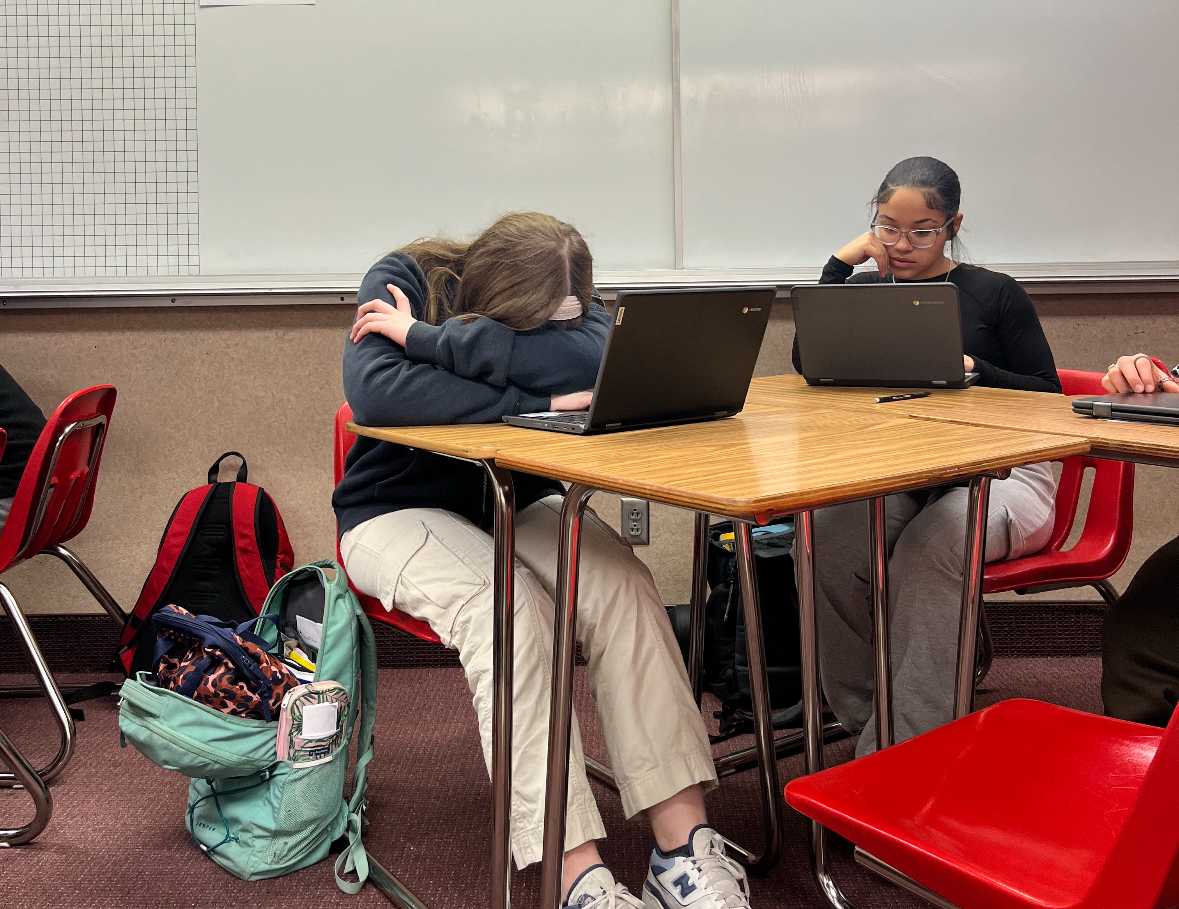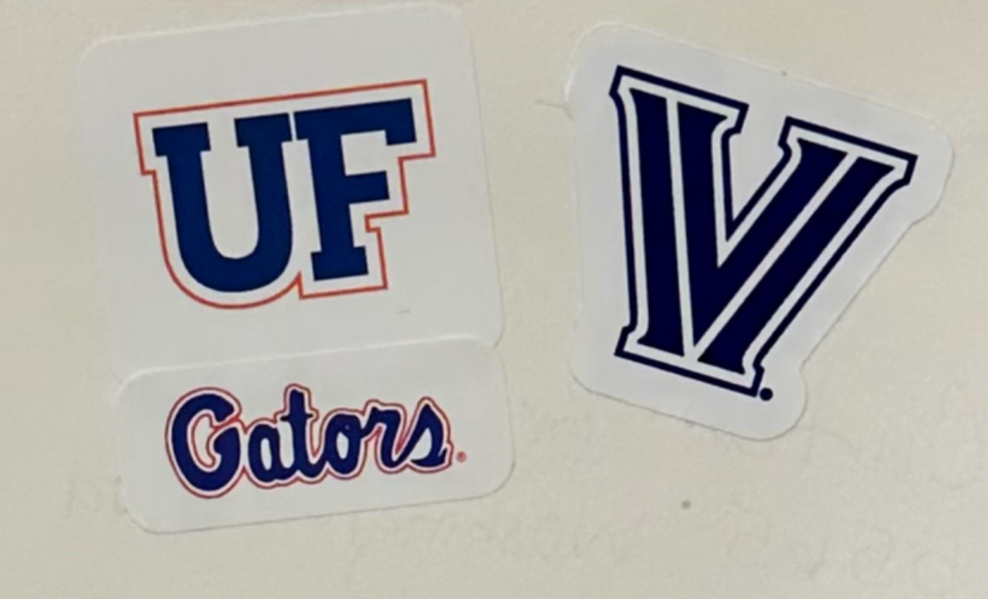Starting last Sunday at 2 a.m., Indiana is in daylight savings time and will continue until November 3, 2024.
Daylight savings time advances clocks to adjust to longer daylight time, where the sun rises later and doesn’t set until around 7 p.m.
“I have a love-hate relationship with the time change,” sophomore Lucy Kaiser said, “I don’t like it. I’m always really tired but also I like it because it’s light out.”
For many students, daylight savings time is an inconvenience because people lose an hour of sleep. This makes students tired the following week.
“The time change doesn’t change my ability to do school work because schools are still the same length and I’m used to it already,” Kaiser said.
For some, daylight savings can be a significant adjustment to students’ sleep schedules. Others, like Kaiser, don’t necessarily have trouble adjusting.
The idea of time change is controversial, as many states have canceled it out completely like Arizona and Hawaii.
“I think the time change is more confusing than the extra hour of sunlights is worth,” Kaiser said.
In the spring, the time change creates a 23 hour day and in November the day is 25 hours because an extra hour is added in.
Daylight savings time was first used in Canada in 1908 and the purpose was to save energy and make better use of the daylight in the spring and darker nights in the fall.
However, the statement that daylight saving time saves energy is debatable today because of the use of technology in modern society.
The United States developed daylight savings time after Germany adopted it in WWI in efforts to save energy. However, there weren’t any permanent rules until 1966 when the Uniform Time Act of 1966 was established, clarifying the time change schedule.
“I personally hate the time change in the spring time just because I lose an hour of sleep but it does make me excited because it means spring break is coming soon and spring break is one step closer to summer,” sophomore Elena Alazar said.
The daylight savings time change is a reminder for many students that the springtime is here.
“As soon as the weather starts to become warmer, it’s safe to say that my spirits increase too,” Alazar said.
As springtime is near, that means it is one step closer to summertime and the lighter it gets the better the moods students are in.







